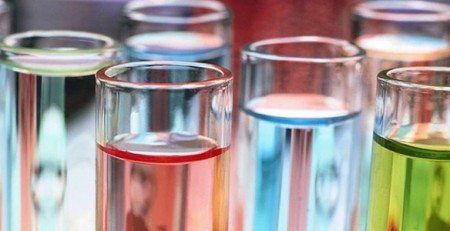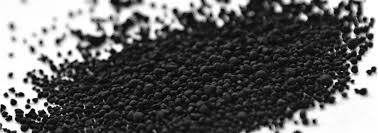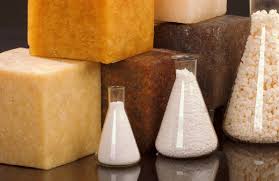Rubber antioxidant applicate in cable industry
Common high-temperature cable will be wrapped with a layer of “rubber protective layer”, when such a protective layer is damaged, the high-temperature cable inside will be damaged, so can not continue to use, so manufacturers will peripheral rubber protective layer anti-aging Processing, this process involves the antioxidant.
The first point: Because of the different characteristics of each antioxidant, and different formulations of rubber aging performance. Therefore, the most effective antioxidant for a certain rubber may be ineffective or even harmful to another rubber. Therefore, the selection of antioxidant must be in accordance with the aging properties of a variety of rubber, anti-aging requirements and characteristics of a variety of antioxidant considerations, a reasonable choice.
The second point: When an antioxidant is difficult to meet the requirements, should be used in combination with two or more antioxidant, so that it has a coordinating role to ensure anti-aging effect.
The third point: some anti-aging agent on the rubber coloring and pollution phenomenon. In general, phenolic antioxidants provide poor protection but little or no contamination. The protective effect of higher amine antioxidants, will make eraser pollution, serious discoloration. These conflicts should be considered in selection.
The fourth point: the amount of rubber antioxidant can not exceed the solubility in rubber to prevent blooming, polluting rubber surface quality.
The fifth point: amine antioxidants scorch of rubber have a negative impact; phenolic antioxidants can delay curing, should pay attention to the selection.
Antioxidant treatment of rubber protective layer as an important protective measure for high temperature cables also need to be taken seriously, with a solid shield to further ensure the useful life of high temperature cables, to withstand a variety of hazards of erosion.

 Pусский
Pусский


